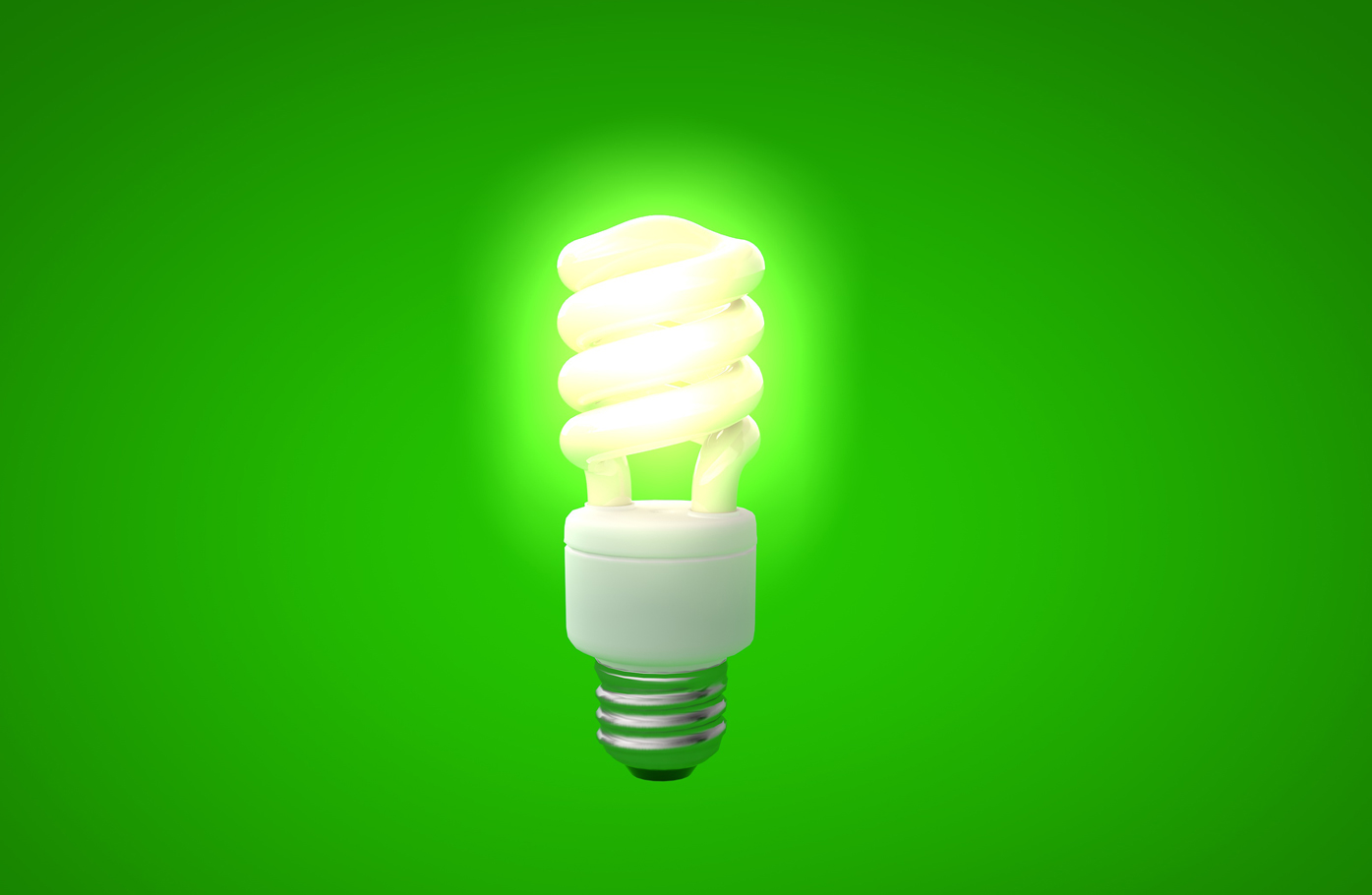Exploring Photorealistic 3D Visualisation for Light Effects in Green Energy Campaigns
3D visualisation is a powerful tool for creating photorealistic images that show off the potential of a product or service in a way that no other medium can. With the right skills, 3D visualisation can be used to create realistic lighting effects that draw the viewer in and give them a better understanding of the product they are looking at. This is especially true for green energy campaigns, which rely on an understanding of their product’s features to convince potential customers. Here, we will explore the use of 3D visualisation to recreate light effects in a photorealistic manner, as seen in this render of a light bulb for a green energy campaign.
In order for 3D visualisation to accurately recreate light effects, a few key elements must be taken into consideration. First, one must consider the environment in which the light source is placed. This includes the texture, colour, and reflectivity of the surfaces where the light is shining, as well as the distance between the light source and the objects that it is illuminating. The type of light source being used must also be considered, as the colour, intensity, and shape of the light source have an effect on the overall look of the rendered image.
Once the environment has been established, the artist must choose the right 3D modelling and rendering software to create the desired effect. To produce photorealistic results, the artist must use a physically based renderer (PBR) along with a physically correct shader system. PBR is capable of producing extremely realistic lighting effects, such as realistic shadows, reflections, and refractions, as well as more subtle visual effects such as colour bleed and light absorption.
Once the scene has been set up and the lighting has been established, the artist must then take into account the details of the light source itself. This includes the material, the colour, the shape, and the intensity of the light. By adjusting these parameters, the artist can create the desired lighting effect within the scene. For example, by adjusting the intensity of the light, the artist can create a realistic glow or flicker effect.
Finally, the artist can use post-processing techniques, such as colour grading, to further refine the look of the rendered image. This can be used to add a final touch to the image and bring out any finer detailing.
